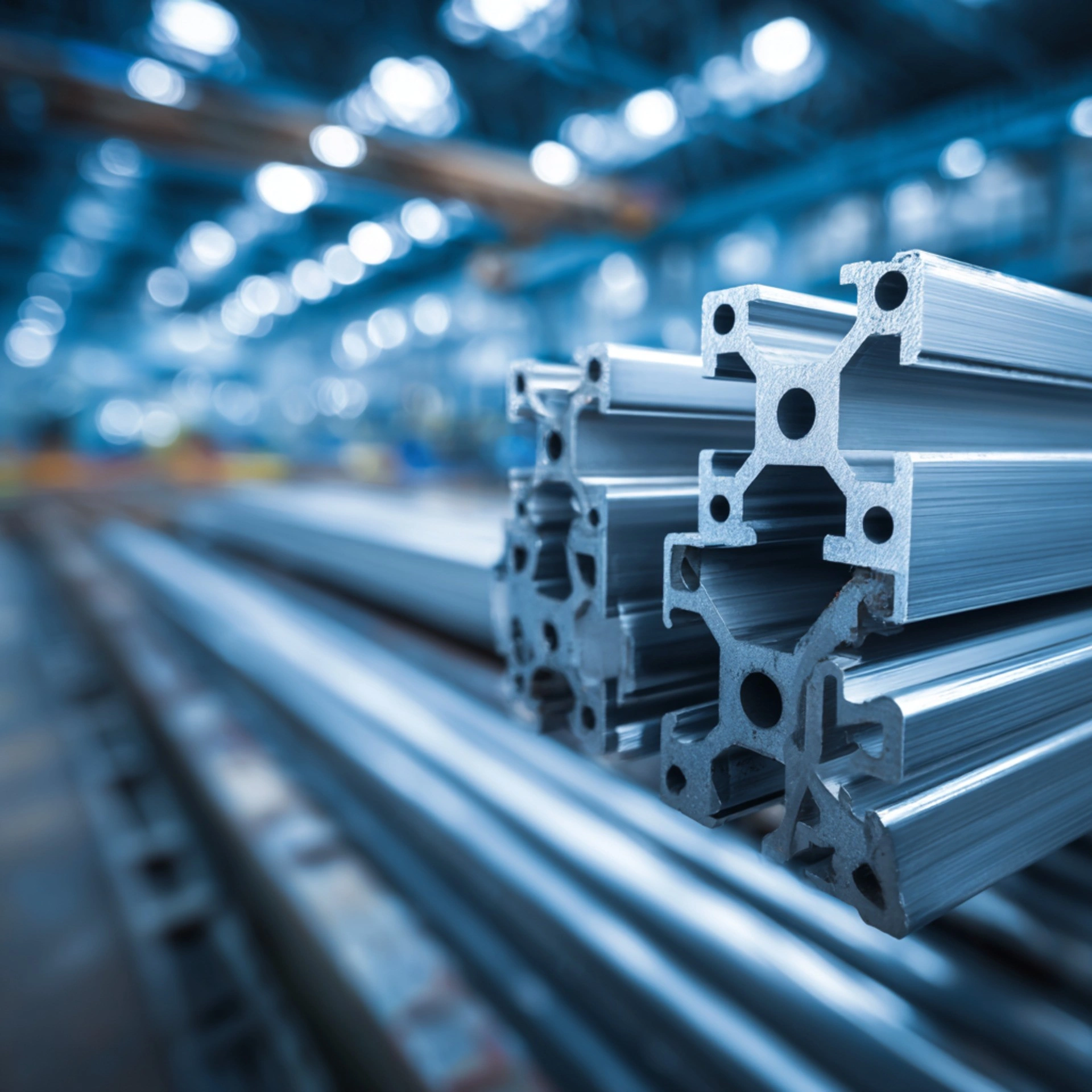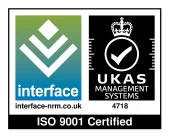When choosing materials for manufacturing, engineering or construction projects, the comparison between aluminium extrusions and steel is one that professionals often revisit. With greater emphasis on lightweight design, sustainability and cost efficiency, aluminium extrusions are becoming the preferred alternative to traditional steel. This shift is not simply a trend but a result of advancements in material science and modern processing methods.
In fields like building, transportation, marine, manufacturing, and product design, this article talks about the benefits of using aluminium extrusions instead of steel. It will also look at practical issues that have an impact on success and value over the long term.
Why Extruded Aluminium Profiles Are Replacing Steel in Many Industries
Extruded aluminium is produced by forcing heated aluminium through a shaped tool known as a die to form complex, continuous lengths with accurate cross sections. This method enables engineers to create custom shapes that would be difficult to manufacture from steel. The profiles can be tailored for structural frames, electrical housing, architectural glazing, transport components and machinery. By comparison, steel is often heavier, harder to form, and more labour-intensive to work with.
Although aluminium was once seen as less robust than steel, this perception has changed due to advancements in alloy technology. High-grade aluminium alloys now rival steel in strength while delivering major advantages in weight handling, speed and long-term performance.
Advantages of Using Aluminium Extrusions Over Steel
Lightweight Structure Reduces Load Stress
One of the primary highlights of aluminium extrusions over steel is their lighter weight. Aluminium weighs roughly one-third as much as steel, so engineers can create components with far less bulk while still maintaining strength in many applications. This weight decrease enables better handling, transportation, and installation. In construction and industrial manufacturing, lighter assemblies improve safety and minimise load stress on supporting structures.
Impressive Strength-to-Weight Ratio
While many people believe steel is inherently stronger, this is not always the case. Advances in aluminium alloys now allow extrusions to deliver strength comparable to structural steel while weighing significantly less. For example, engineers commonly use 6000 series aluminium alloys such as 6082 and 6061 in load-bearing applications because they offer good mechanical properties.
Superior Corrosion Resistance
Steel is susceptible to corrosion without protective coatings or treatments. Aluminium forms a natural oxide layer when exposed to air, which protects it from rust. This corrosion resistance is especially useful for exterior architectural applications, transport parts, marine frameworks and manufacturing environments exposed to moisture. In many cases, aluminium provides a maintenance-free alternative to steel.
Excellent Design Flexibility
The extrusion technique transforms metal into complicated bespoke profiles with tight tolerances. Designers can insert channels, grooves, hollows, and connections right into the profile, reducing the need for additional machining or welding. Steel manufacturing, in contrast, frequently necessitates additional cutting, welding, and finishing, which increases time and cost.
Cost-Effective Production
Aluminium extrusions are cheaper for long production runs. Die creation makes extrusion runs efficient and repeatable. Aluminium is easier to machine than steel, reducing tooling wear and increasing output. Aluminium often outperforms material price in lifetime cost.
Enhanced Energy Efficiency
In transportation and construction, weight reduction affects energy usage. Lighter vehicles burn less and emit less. Windows and structural profiles made of aluminium are more efficient and recyclable. Many industries now base material decisions on sustainability and circular economy aims.
Suitable for a Wide Range of Applications
Aluminium extrusions are used across the British industry thanks to their adaptable properties. Typical uses include
- Structural frameworks for machinery automation and robotics
- Window systems and architectural glazing
- Renewable energy installations, such as solar mounting rails
- Lightweight transport systems and vehicle parts
- Marine structures and corrosion-resistant equipment
- Heating, ventilation and cooling components
- Precision engineering equipment and clean room frameworks
Engineers and manufacturers discover new uses every year as alloy strength improves and applications become more innovative.
Key Considerations Before Switching to Aluminium
Choosing aluminium instead of steel is not always a straightforward decision. Consider the following before deciding on the right material.
- Load requirements – Some heavy-duty applications will still require steel reinforcement
- Temperature exposure – The strength of aluminium can be reduced at very high temperatures.
- Budget planning – Upfront costs can be slightly higher for small runs
- Joinery methods – Compatible fixings and connectors must be selected
- Surface requirements – Anodising or coating may be needed in harsh environments.
Working with experienced material suppliers can help address these technical considerations. For example, ILF Products regularly supports engineering projects with accurate extrusion selection and alloy guidance. Their team provides technical support that helps customers find the most effective material for long-term value. ILF Products also supplies precision-cut aluminium extrusions for manufacturing and fabrication.
Making the Right Material Choice
Industry uses both aluminium and steel, but aluminium extrusions deliver significant performance advantages over steel. Aluminium is a smart modern material due to its strength-to-weight ratio, corrosion resistance, design flexibility, recyclability, and ease of manufacture. Engineers and designers seeking efficiency, sustainability, and performance generally choose aluminium profiles as the most trustworthy and future-ready material.
Milly Edwards
Sales and Marketing Executive: Responsible for creating content for ILF's social media channels, website, print media and promotional work.








